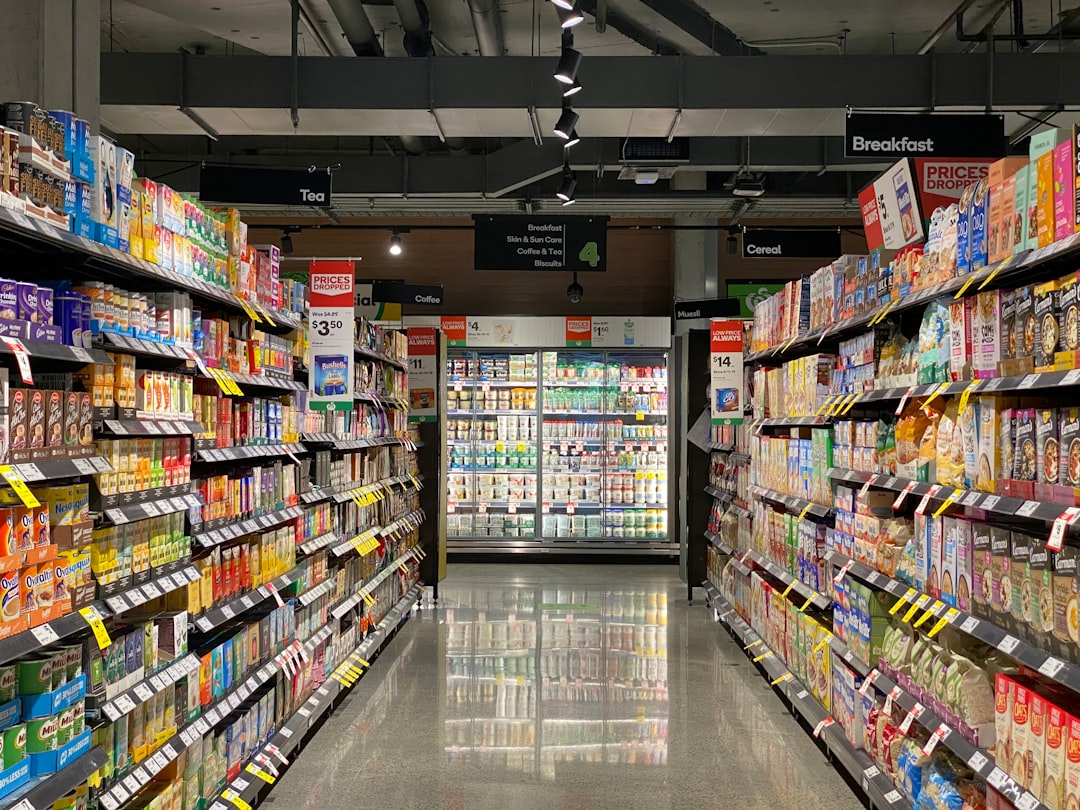Walk into any supermarket, and you’ll be bombarded with food packages screaming for your attention. Bright labels, health buzzwords, and appealing images are designed to catch your eye and influence your buying decisions. But not all that glitters is gold — and not every product that claims to be “healthy,” “natural,” or “low-fat” actually supports your well-being.
Food marketing is a powerful force, often blurring the line between truth and illusion. In this post, we’ll explore how to navigate food marketing tactics, understand misleading claims, and make informed decisions based on facts — not just packaging.
The Power of Packaging and Language
Food manufacturers invest heavily in marketing research. They know what colors appeal to health-conscious shoppers (think green for “natural,” blue for “calm,” or brown for “earthy”) and what phrases make us feel like we're making better choices. But many of these tactics are more about perception than actual nutrition.
Common misleading terms include:
-
"All Natural": Sounds great, right? But in many countries, this term isn’t strictly regulated. A product labeled “natural” can still be heavily processed and contain additives or preservatives.
-
"Low-Fat" or "Fat-Free": These products often make up for the reduced fat with added sugar or artificial flavorings. They may be lower in fat but not necessarily healthier overall.
-
"Sugar-Free": This doesn't always mean no sugar — it may contain sugar alcohols or artificial sweeteners, which have their own health considerations.
-
"Whole Grain": Products labeled with “made with whole grains” may still be mostly refined flour. Look for "100% whole grain" on the label to be sure.
-
"Gluten-Free": Essential for people with celiac disease, but not automatically healthy. Many gluten-free items are still processed and may be high in calories or low in nutrients.
Health Halos: When One Good Thing Distracts You
“Health halo” is a term used to describe products that seem healthy because of a single positive feature, even if the rest of the product isn’t particularly nutritious.
Examples:
-
Granola bars that are marketed as a health food because they contain oats — but also contain more sugar than a candy bar.
-
Fruit juices labeled as “100% juice” that are still high in natural sugars and lack fiber.
-
Plant-based alternatives that are ultra-processed and high in sodium or saturated fat.
Always look beyond the front of the package to see what’s really inside.
How to Outsmart Misleading Marketing
Here are some practical tips to help you make more informed food choices:
1. Read the Ingredients List
The first few ingredients make up the bulk of the product. If sugar, white flour, or hydrogenated oils are at the top, it’s best to reconsider — even if the packaging claims it's healthy.
2. Check the Nutrition Facts Panel
Focus on:
-
Serving size
-
Calories per serving
-
Added sugars
-
Sodium content
-
Fiber and protein levels This gives a clearer picture than the words on the front of the box.
3. Beware of Buzzwords
Don’t assume that “organic,” “vegan,” “keto,” or “superfood” equals healthy. These words describe certain attributes — not overall nutritional quality.
4. Ignore Eye-Catching Imagery
Images of fresh fruit, fit people, or green fields can influence your emotions. Focus on the facts — not the visuals.
5. Watch for Portion Trickery
Some packages look like single servings but contain 2–3 servings. Always check how many servings are in a container and adjust your understanding accordingly.
The Role of Regulation (or Lack Thereof)
In many regions, food labeling is regulated — but there are loopholes. For example:
-
Products can claim to have “zero trans fat” if they contain less than 0.5g per serving.
-
“Natural flavors” may include a blend of synthetic and animal-derived ingredients.
-
Food companies can lobby against stricter labeling regulations, leaving consumers in the dark.
This makes it even more important for consumers to educate themselves and read beyond the marketing.
Conclusion: Trust Facts, Not Flash
Food marketing is designed to sell — not necessarily to inform. To eat well in a world of processed options and persuasive packaging, you need to be a smart consumer. Take a moment to flip the box, read the label, and see the truth behind the claims. By looking past the marketing and focusing on ingredients and nutrition, you empower yourself to make choices that genuinely support your health and well-being.
Remember: if a product has to shout about how healthy it is, it might not be as healthy as it wants you to think.

Comments
No comments yet. Be the first to comment!
You must be logged in to comment. Login